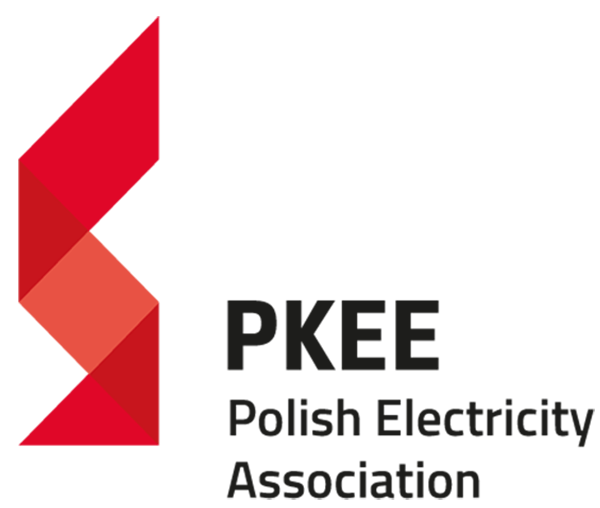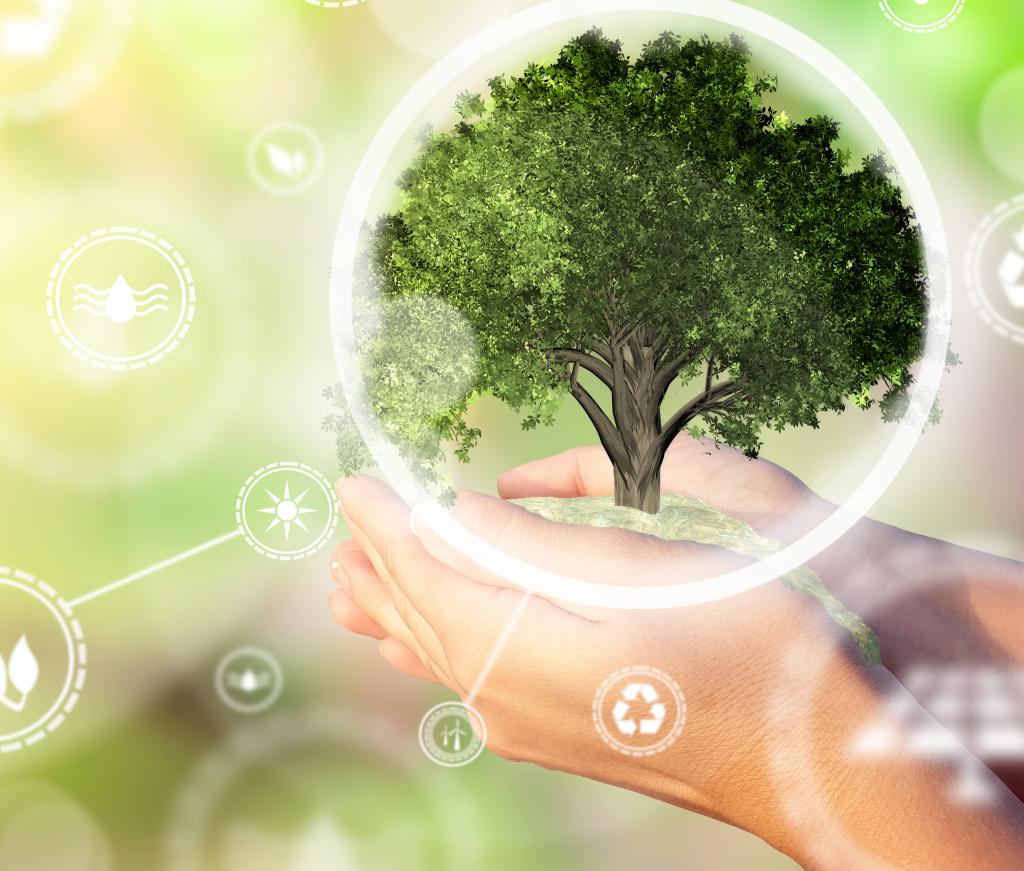The Polish Electricity Association (PKEE) welcomes plans to accelerate the roll-out of heat pumps across the EU.
Poland already utilizes the potential of the small heat pumps, only in 2022 almost 200 thousand of new units were sold, which is an increase by 120% as compared to 2021[1]. However, individual heat pumps should be considered as a primary source of heat and cooling mainly for remote areas where district heating systems are not accessible, while in district heating should be operated as a supplement to other heat sources.
The PKEE members are exploring the feasibility of large-scale heat pumps, zero and low-emission CHP plants. For the PKEE members high CAPEX remains a major issue in the short-term, due to the limited possibility of transferring costs to heat tariffs. New investment support mechanisms should be implemented to provide sufficient funding to facilitate the transition from high-emission heat generation towards zero and low-emission. Projects of large-scale heat pumps and plants utilizing RES and renewable gases (biogas, hydrogen) are technologies which should be considered for such financial support. The PKEE also considers introduction of amendments in particular to Water Framework Directive to ease the requirements regarding fees for water services for heat pumps on watercourses that use ambient energy.
Introduction of large-scale heat pumps also involves the construction of a sufficient number of new low-emission electricity generation units such as RES and nuclear power plants. An increase in demand for electricity caused by electrification requires investments in transmission and distribution grids which already face underinvestment all around the EU. EC’s Joint Research Centre (EC JRC) in 2019 report[2]. has already indicated that in theory full roll-out of heat pumps, by means of electrification of heat and cooling in buildings, would increase electricity demand by 26% across the EU and in winter by an average 41%, causing difficulties related to management and stabilizing of the power system.
Polish district heating sector is very specific, as high-temperature heating is sourced from large centralized sources. In turn, insufficient thermal insulation of buildings results in high energy consumption. Improving energy efficiency of the buildings is crucial to move towards transition to low-temperature RES. This is also the origin for the idea of hybrid nodes that connect the district heating network with the heat pump. This allows that the district heating network can be the lower source of heat for the pump.
Development of the new CHP would be facilitated with greater use of electricity to generate heat, which poses an opportunity to meet the new definition of an efficient heating system and the potential to stimulate the transition of the sector, while RES will be increasingly integrated into the power grid.
As stated in 2021 Energy Regulatory Office (URE) report[3], district heating plays an important role in the heating sector in Poland, supplying nearly 385 TJ of heat by the licensed producers to over 6 million households in 2021, of which over 63% is produced with the use of cogeneration. The Energy Policy of Poland (PEP) until 2040[4] (which is to be revised later this year) assumes that the share of RES in district heating and cooling will increase by about 1.1 percent on average per year from 2020 to 2030. In this regard PEP 2040, also indicates that significant effects are expected from the popularization of heat pumps in households without access to district heating but also 4-fold increase in the number of efficient district heating systems by 2030.
Emphasizing the role of district heating is relevant to facilitate the main purpose of the action plan which is the reduction of fossil fuels dependency in buildings. Strong policy signals should address not only heat pumps in buildings but also solutions that can be provided to consumers through the district heating system.
[1] PORT PC: 2022 - the year of heat pumps in Poland - Polish Heat Pump Technology Development Organisation https://portpc.pl/port-pc-2022-rok-pomp-ciepla-w-polsce/
[2] Decarbonising the EU heating sector: Integration of the power and heating sector https://publications.jrc.ec.europa.eu/repository/bitstream/JRC114758/kjna29772enn.pdf
[3] The district heating sector in figures: latest ERO report - Information - Energy Regulatory Office https://www.ure.gov.pl/en/communication/news/339,District-heating-sector-in-numbers-latest-URE-report.html
[4] Energy Policy of Poland until 2040, https://www.gov.pl/web/klimat/polityka-energetyczna-polski.

